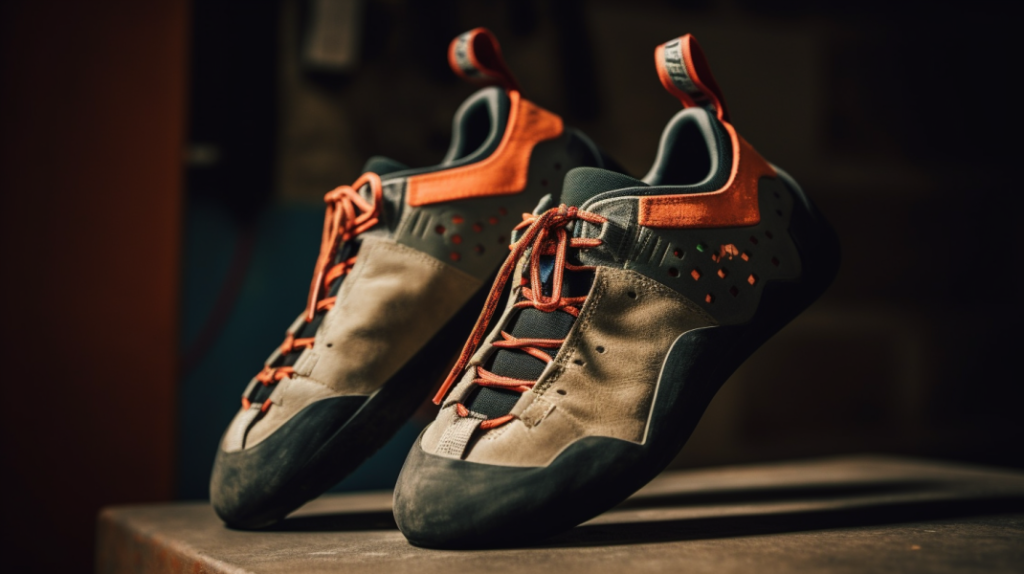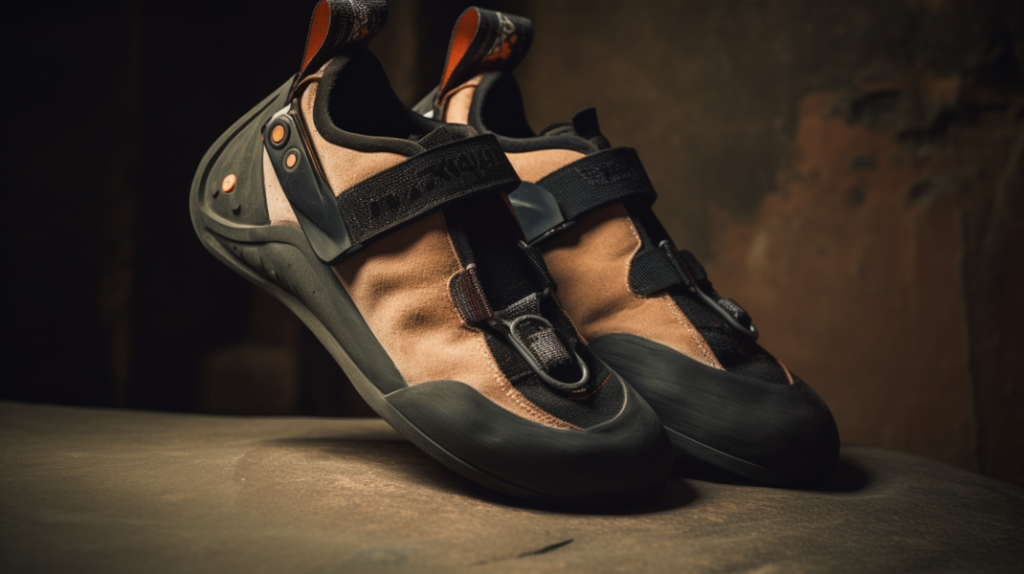Rock climbing is a thrilling sport that demands precision, skill, and determination. One of the essential gears for any climber is a pair of climbing shoes. These specialized footwear play a crucial role in enhancing grip and precision on the rock surface. However, with a myriad of options available in the market, choosing the right type of climbing shoes can be a daunting task. In this article, we’ll explore the different types of rock climbing shoes and their unique characteristics, helping you make an informed decision for your climbing adventures.
Neutral Climbing Shoes:
Neutral climbing shoes are the most comfortable and versatile option for climbers, especially beginners and those who prefer long routes or multi-pitch climbs. These shoes feature a flat profile and a moderate downturn, providing a balanced combination of comfort and performance. They allow your foot to lie naturally, making them suitable for all-day wear without causing discomfort. Neutral climbing shoes are also ideal for trad climbing and crack climbing, as they provide a snug fit without excessive pressure on the toes.
Moderate Climbing Shoes:
Moderate climbing shoes strike a balance between comfort and performance, making them a popular choice among intermediate climbers. These shoes have a more pronounced downturn than neutral shoes, which helps in maximizing precision and support during technical climbing moves. The moderate downturn enables climbers to grip small edges and pockets effectively, improving overall performance on challenging routes. While they offer more performance than neutral shoes, they may not be as comfortable for extended wear.

Aggressive Climbing Shoes:
Aggressive climbing shoes are designed for advanced climbers tackling overhanging routes, bouldering problems, and difficult sport climbs. These shoes feature a significant downturn, which positions the foot in a powerful and downturned shape, putting more weight on the toes. The aggressive design allows climbers to exert maximum force on tiny holds and steep terrain, making them ideal for challenging moves and dynamic climbing. However, due to their tight fit and downturned shape, aggressive shoes can be uncomfortable for prolonged use and are best suited for short, intense climbs.
Slipper Climbing Shoes:
Slipper climbing shoes are known for their simplicity and convenience. They lack laces or Velcro straps and are worn by simply slipping the foot inside. They are typically designed with a soft, flexible construction, allowing the climber to feel the rock surface better. Slippers are favored for indoor climbing, bouldering, and technical routes where sensitivity and quick on-off action are critical. However, they may not offer the same level of precision and support as lace-up or Velcro shoes.
Lace-up Climbing Shoes:
Lace-up climbing shoes are preferred by many climbers due to their ability to provide a customizable and snug fit. The laces allow climbers to adjust the tension on different parts of the shoe, such as the toe box and heel, providing a personalized fit for maximum performance. Lace-up shoes are versatile and suitable for various climbing styles, from crack climbing to sport climbing.
Conclusion:
Selecting the right pair of rock climbing shoes is essential to ensure a safe and enjoyable climbing experience. The choice of climbing shoes largely depends on your climbing level, style, and personal preferences. Neutral shoes are great for beginners and all-day comfort, while moderate shoes offer better performance for intermediate climbers. Advanced climbers may opt for aggressive shoes for steep and challenging routes. Additionally, slipper and lace-up shoes provide distinct advantages, catering to specific climbing styles. Whichever type you choose, investing in high-quality climbing shoes will undoubtedly elevate your climbing game and bring you closer to conquering the heights with confidence. Happy climbing!

